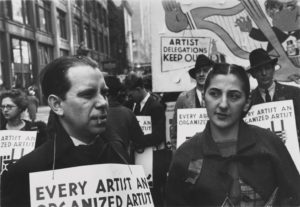
1894 - 1964
Stuart Davis
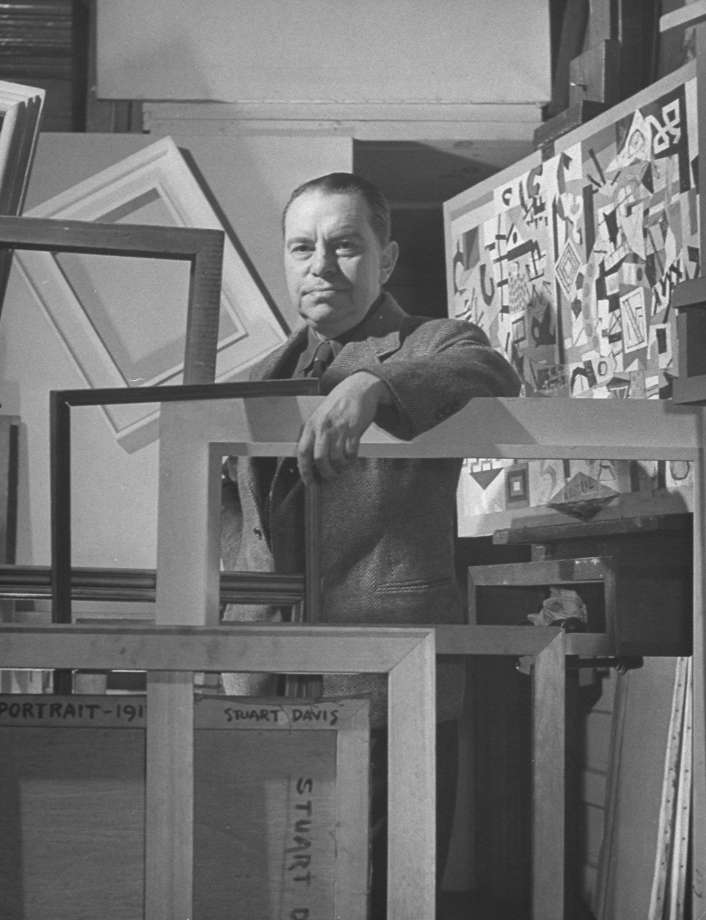
description
Key ideas:
– The artist’s works impress you with optimism and inexhaustible vital energy. Like the author’s favorite rhythms of jazz, they captivate you and make you feel completely immersed in a whirlpool of bright colors and unforgettable impressions. Compared with the paintings by European Cubists, mostly cold, often monochrome and devoid of strong experiences, Davis’ work is a bright explosion of emotions and a powerful energy charge.
– Throughout his life, the artist did not depart from the chosen style and subject. Despite the huge popularity of Abstract art in the United States, Davis’ pictures always have a real, physical basis, although quite simplistic in terms of its building and color combinations.
– Another feature and an absolute innovation in the artist’s painting is the absence of a visual center of the picture. Figures in the canvases of Davis do not create a certain composition in the academic sense of the term. They are placed on the entire surface of the canvas and are given the same value. Such an unusual solution creates an original rhythm and movement in pictures, widening the boundaries of the picture and as if moving it to the real space.
– In the works of Davis, as flat and colorful as a poster, there is invariably a recognizable popular object or its element that causes a certain association. This can be a pack of cigarettes Lucky Strike, an old Ford or a piece of an advertising signboard, which people go by every day. These ordinary and familiar objects and images make one feel their involvement in the action shown in the canvas.
– Stuart Davis’ great merit and the secret of his incredible popularity is that he was able to bring high art, far and incomprehensible, to the ordinary spectator, the average inhabitant, pulling him out of everyday life and making him a part of his art. This is how the artist broke existing stereotypes in society and captured his name in the history of fine art forever.
1894
1910
1913
1917
1920
1930
1940 - 1950
1960
1964
The birth of the artist
Until 1913, he studied painting at the New York School of Art
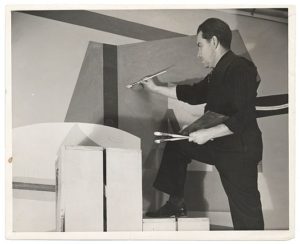
Became the youngest artist at the famous Armory exhibition in New York
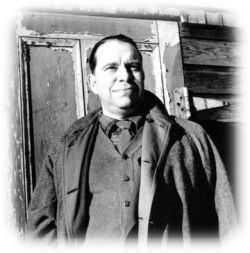
The first personal exhibition
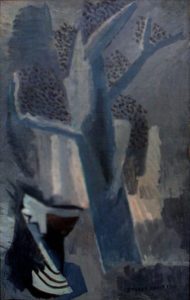
He traveled to Mexico and first visited Paris
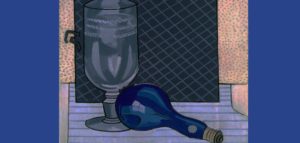
Created a wall painting for the City Radio Music Hall in New York
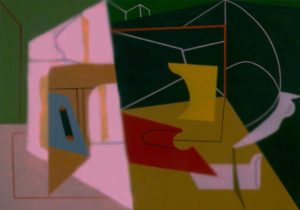
The artist represented the US at the Venice Biennale

Received the prestigious Guggenheim Prize a second time

The death of the artist

Stuart Davis
On Artist
flow
Post-Impressionism
Cubism
Fauvism
friends
John Graham
Arshil Gorki
Charles Demuth
John Sloan
artists
Robert Henry
Charles Demuth
Henri Matisse
Vincent van Gogh
Pablo Picasso
Marcel Duchamp
By Artist
flow
Abstract art
Abstract expressionism
friends
Glenn Coleman
Henry Glyntenkamp
John Sloan
artists
Jackson Pollock
Andy Warhole
Jasper Johns
Roy Lichtenstein
Donald Judd
